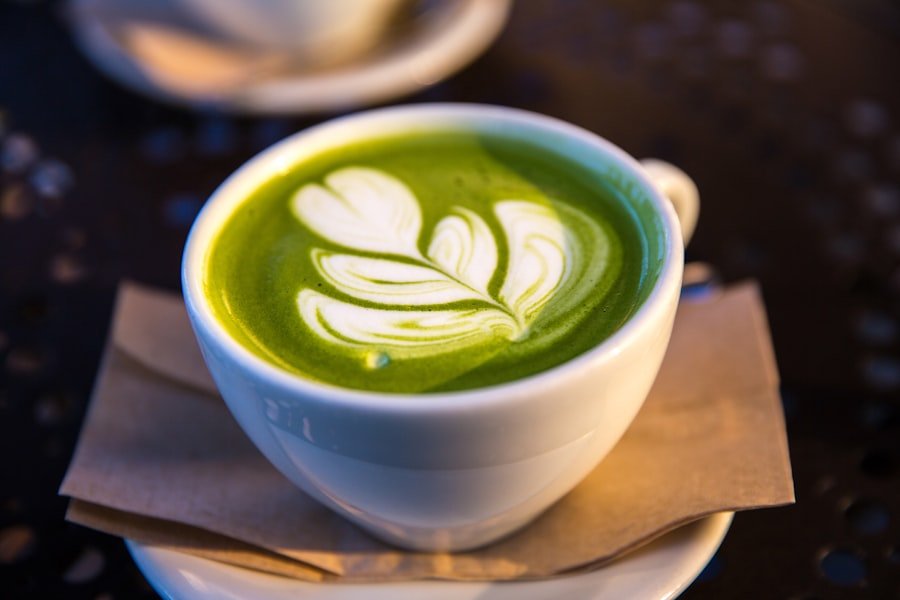Belly fat, also known as visceral fat, accumulates around the abdominal area and poses significant health risks. Unlike subcutaneous fat found beneath the skin, visceral fat is located deep within the abdominal cavity, surrounding vital organs such as the liver, pancreas, and intestines. This metabolically active fat can release harmful substances into the body, leading to inflammation and insulin resistance.
Visceral fat is associated with an increased risk of heart disease, diabetes, and certain types of cancer. Multiple factors contribute to the development of belly fat, including genetics, poor diet, lack of physical activity, and stress. As individuals age, their metabolism slows down, making it easier for fat to accumulate around the midsection.
Hormonal changes, particularly in women during menopause, can also contribute to increased belly fat. Consuming a diet high in processed foods, sugar, and unhealthy fats can lead to visceral fat accumulation. Additionally, chronic stress and inadequate sleep have been linked to the development of belly fat.
It is crucial to recognize that belly fat is not merely a cosmetic concern but a serious health issue that requires attention and proactive measures to reduce and prevent its accumulation. Understanding the causes and risks associated with visceral fat is essential for individuals seeking to improve their overall health and well-being.
Key Takeaways
- Belly fat is not just a cosmetic issue, it can also be a sign of underlying health problems such as heart disease and diabetes.
- A healthy diet is crucial for reducing belly fat, as it helps to control calorie intake and promote weight loss.
- The number one food for burning belly fat is green tea, which is rich in antioxidants and has been shown to increase metabolism and promote fat burning.
- Green tea helps burn belly fat by boosting metabolism, increasing fat oxidation, and reducing fat absorption.
- Incorporating green tea into your diet can be as simple as drinking a few cups a day or adding it to smoothies and other recipes.
The Importance of a Healthy Diet
What is the Number One Food for Burning Belly Fat?

When it comes to burning belly fat, there is one food that stands out above the rest: green leafy vegetables. Vegetables such as spinach, kale, collard greens, and Swiss chard are packed with nutrients and are low in calories, making them an excellent choice for anyone looking to reduce belly fat. These vegetables are high in fiber, which can help promote weight loss and reduce visceral fat.
They are also rich in vitamins, minerals, and antioxidants that can help improve overall health and reduce inflammation in the body. Green leafy vegetables are also a great source of vitamin C, which has been shown to help with weight loss and reduce belly fat. Vitamin C is important for the production of carnitine, a compound that helps the body turn fat into energy.
Additionally, these vegetables are high in magnesium, which plays a crucial role in regulating blood sugar levels and insulin sensitivity. This can help prevent the accumulation of belly fat and reduce the risk of developing type 2 diabetes. Incorporating green leafy vegetables into your diet can have a significant impact on reducing belly fat and improving overall health.
How Does This Food Help Burn Belly Fat?
Green leafy vegetables help burn belly fat in several ways. Firstly, they are low in calories but high in volume, which means you can eat a large portion without consuming too many calories. This can help you feel full and satisfied without overeating, which is important for weight loss and reducing belly fat.
Additionally, the high fiber content in these vegetables can help promote satiety and prevent cravings for unhealthy foods. Fiber also helps to regulate digestion and promote a healthy gut microbiome, which is important for overall health and weight management. Furthermore, green leafy vegetables are rich in antioxidants that can help reduce inflammation in the body.
Chronic inflammation has been linked to the accumulation of visceral fat, so consuming foods that are high in antioxidants can help reduce belly fat. These vegetables are also high in vitamins and minerals that play a crucial role in metabolism and energy production. For example, magnesium helps regulate blood sugar levels and insulin sensitivity, which can prevent the accumulation of belly fat.
Vitamin C is important for the production of carnitine, a compound that helps the body turn fat into energy. By incorporating green leafy vegetables into your diet, you can take advantage of these various mechanisms to help burn belly fat and improve overall health.
Incorporating the Number One Food into Your Diet
Incorporating green leafy vegetables into your diet is easy and can be done in a variety of ways. You can add spinach or kale to your morning smoothie for a nutrient-packed start to your day. You can also sauté these vegetables with garlic and olive oil for a delicious side dish or add them to soups and stews for an extra boost of nutrients.
Another great way to incorporate green leafy vegetables into your diet is by making salads with a variety of colorful vegetables and a healthy dressing made with olive oil and vinegar. You can also get creative with your cooking by using green leafy vegetables as a base for dishes such as stir-fries or omelets. By incorporating these vegetables into your meals on a regular basis, you can reap the benefits of their nutrient content and their ability to help burn belly fat.
It's important to aim for at least 2-3 servings of green leafy vegetables per day to maximize their impact on reducing belly fat and improving overall health.
Other Foods that Aid in Burning Belly Fat

The Role of Exercise in Burning Belly Fat
While diet plays a crucial role in burning belly fat, exercise is also important for achieving this goal. Incorporating both cardiovascular exercise and strength training into your routine can help promote weight loss and reduce visceral fat. Cardiovascular exercise such as running, cycling, or swimming can help burn calories and promote overall fat loss, including belly fat.
Aim for at least 150 minutes of moderate-intensity cardio per week to see significant results. Strength training is also important for burning belly fat as it helps build lean muscle mass, which can increase metabolism and promote calorie burning even at rest. Incorporating exercises such as squats, lunges, deadlifts, and push-ups into your routine can help target the abdominal area and promote muscle growth.
Additionally, incorporating core-strengthening exercises such as planks and Russian twists can help tone the abdominal muscles and reduce belly fat. In conclusion, burning belly fat requires a combination of dietary changes and regular exercise. By incorporating green leafy vegetables along with other nutrient-dense foods into your diet and engaging in regular physical activity, you can achieve significant results in reducing visceral fat and improving overall health.
It's important to be consistent with these lifestyle changes in order to see long-term success in burning belly fat and maintaining a healthy weight.
If you're interested in unleashing your inner warrior and learning the power of martial arts, you should check out this article on Unleashing the Warrior Within: The Power of Troy Martial Arts. It's a great way to not only burn belly fat but also build strength and confidence.
FAQs
What is belly fat?
Belly fat, also known as visceral fat, is the fat stored around the abdominal organs. It is considered to be more harmful to health than fat stored in other areas of the body.
What is the number one food that burns belly fat?
There is no single food that can specifically target belly fat. However, foods that are high in protein, fiber, and healthy fats, such as lean meats, fruits, vegetables, and whole grains, can help with weight loss and reducing belly fat when combined with a balanced diet and regular exercise.
Are there specific foods that can help with weight loss?
Certain foods, such as avocados, nuts, seeds, and fatty fish, are known to be beneficial for weight loss due to their high protein and healthy fat content. Additionally, foods high in fiber, such as fruits, vegetables, and whole grains, can help with satiety and weight management.
Can certain foods target belly fat?
No specific food can target belly fat. However, a balanced diet that includes a variety of nutrient-dense foods, along with regular exercise, can help reduce overall body fat, including belly fat.
What are some other ways to reduce belly fat?
In addition to a healthy diet, regular exercise, particularly aerobic exercise and strength training, can help reduce belly fat. Getting an adequate amount of sleep, managing stress, and avoiding excessive alcohol consumption can also contribute to reducing belly fat.














